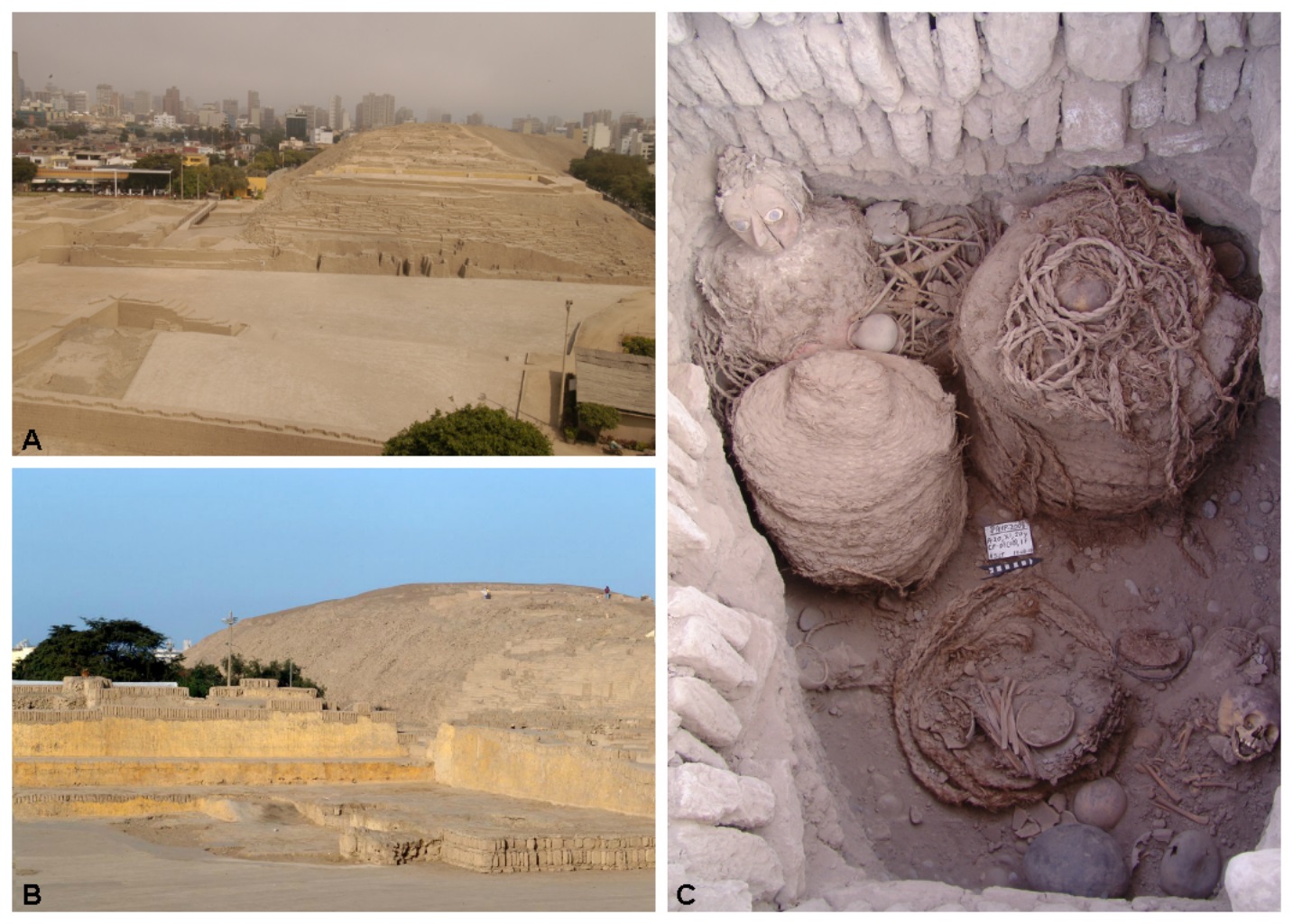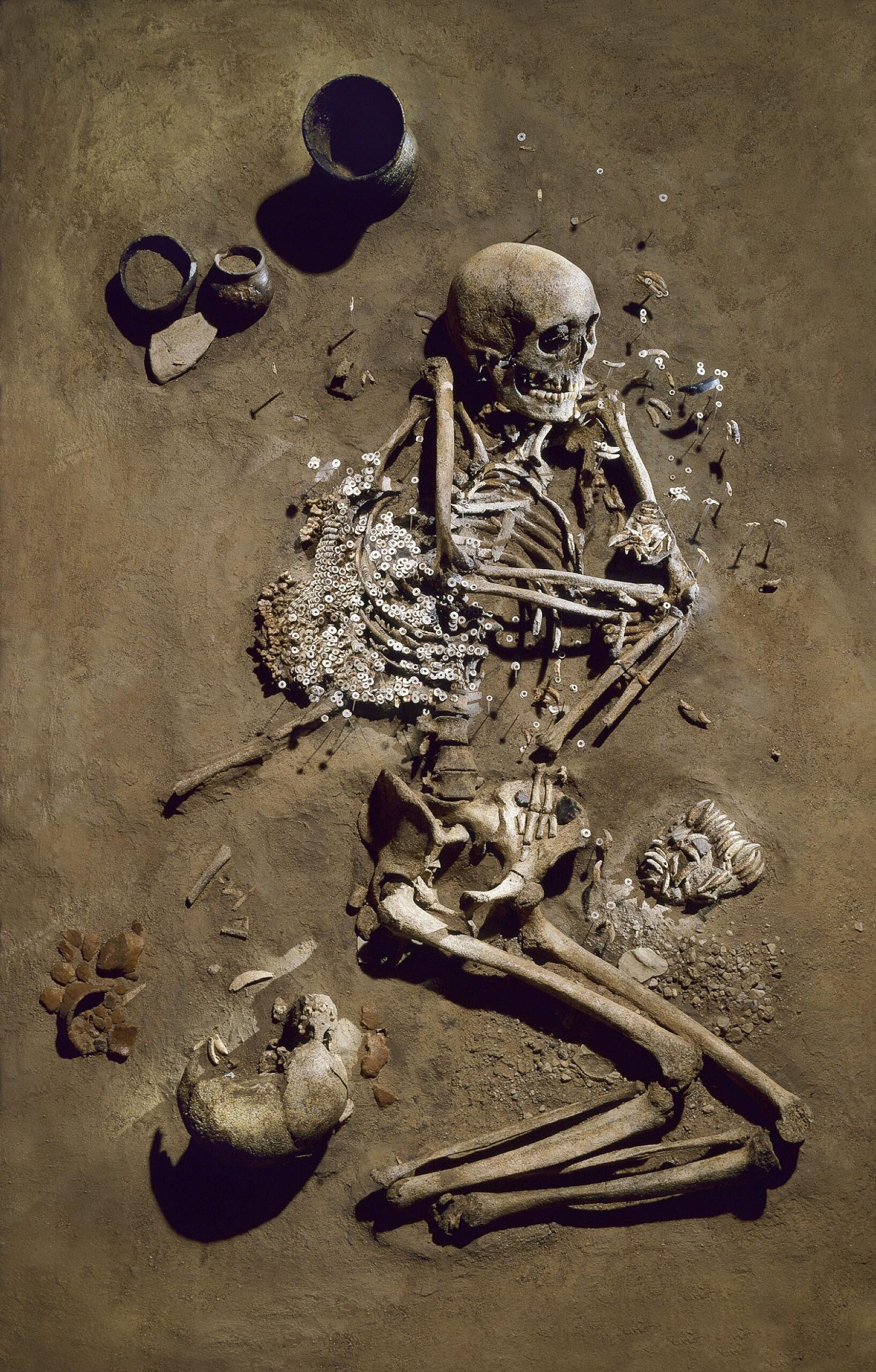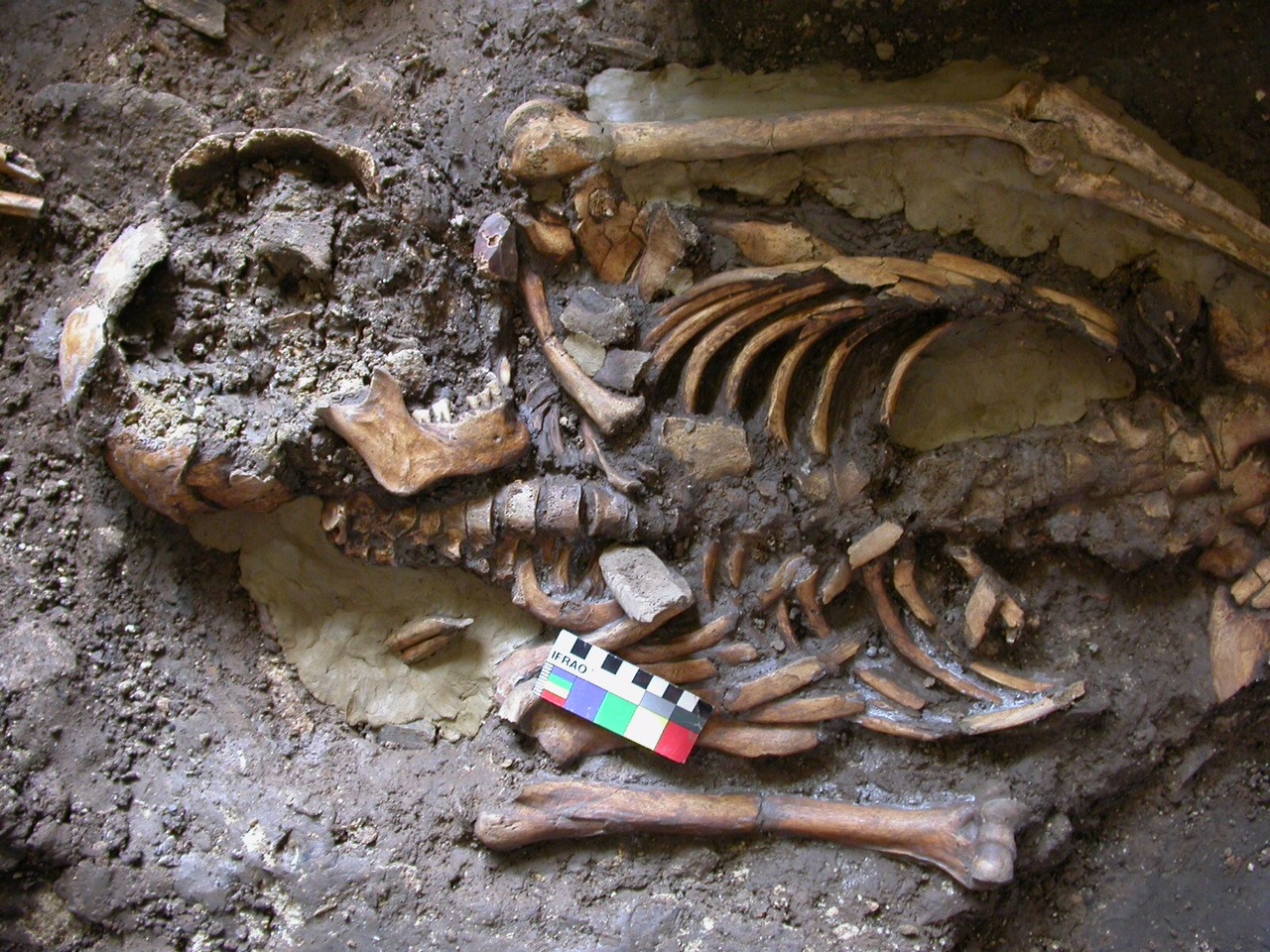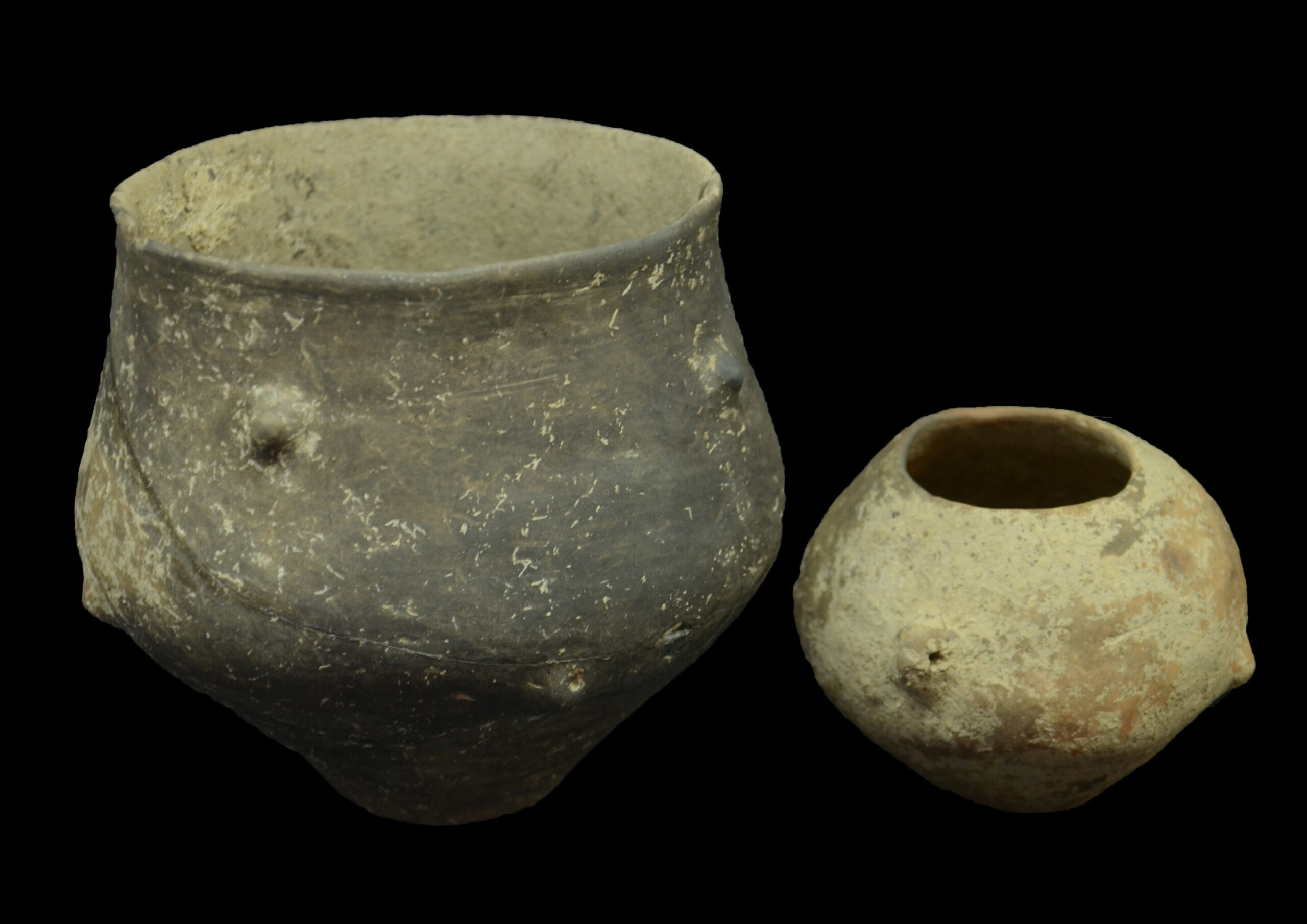Ancient DNA Analysis Suggests Limited Genetic Impact of Wari Empire in Peru’s Central Coast
The imperial dominance of the ancient Wari Empire at the Huaca Pucllana site in Lima, Peru, was likely not achieved through population replacement, according to a study published June 1, 2016 in the open-access journal PLOS ONE by Guido Valverde from the University of Adelaide, Australia, and colleagues. Successive pre-Columbian civilizations existed in the central … Read more









